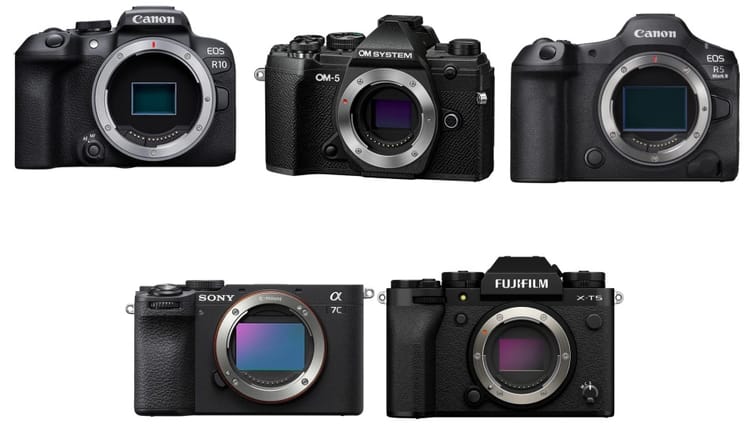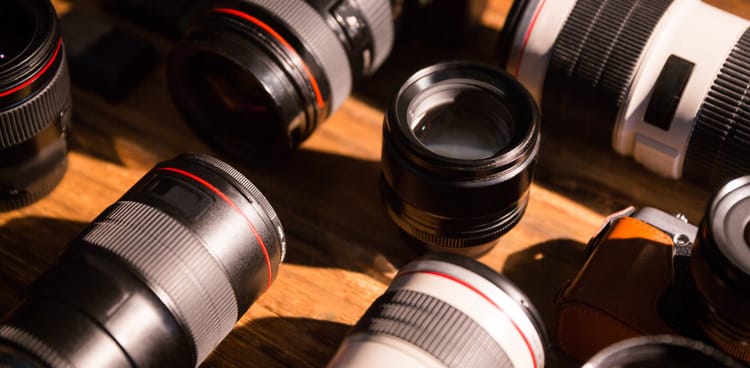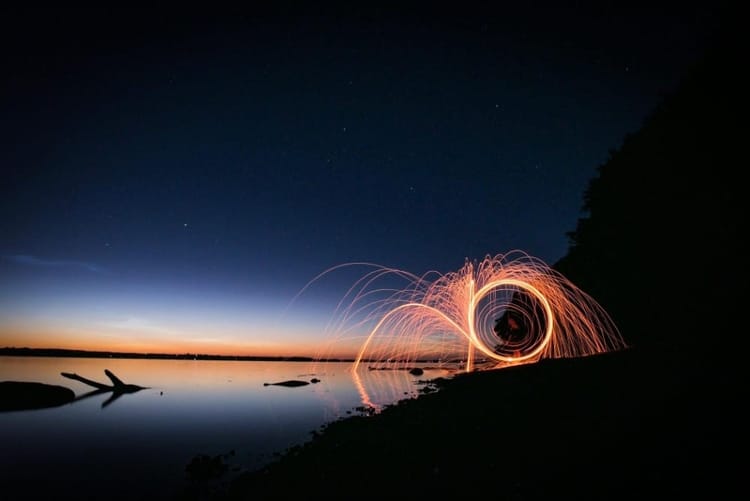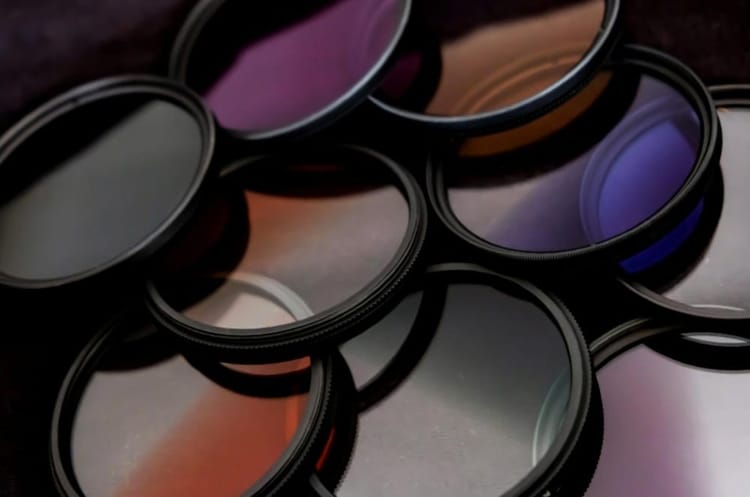Photography Trends for 2025: Shaping the Future of Visual Storytelling

Photography is a dynamic art form that has evolved dramatically over the past decade, adapting to technological advances, cultural shifts, and creative innovation. As we approach 2025, several emerging trends are poised to influence the world of photography, affecting both professionals and enthusiasts alike. From the way photos are captured to how they are consumed, the future of photography will continue to be a reflection of broader societal changes and technological progress.
This article explores the key trends in photography for 2025, spanning technological advancements, stylistic shifts, and emerging consumer behaviors. Whether you're a seasoned photographer or just starting your journey, understanding these trends will help you stay ahead in the ever-evolving world of visual storytelling.
1. AI-Driven Photography: Smart Tools for Creativity
Artificial intelligence (AI) is rapidly transforming photography, pushing the boundaries of what's possible in both camera hardware and editing software. In 2025, AI will continue to play a central role in photography, assisting with everything from camera settings to image enhancement.
AI in Camera Systems
The integration of AI in camera systems is not new, but it's reaching unprecedented levels of sophistication. In 2025, AI will enable cameras to recognize scenes, subjects, and even emotions with precision, adjusting settings like exposure, focus, and white balance in real time to capture the perfect shot. This trend is particularly significant in smartphone photography, where computational photography techniques powered by AI are producing images that rival those taken with professional cameras.
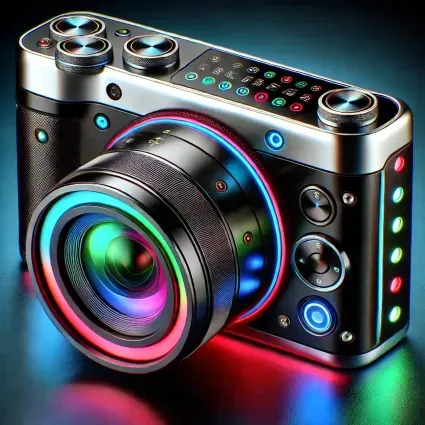
Additionally, AI will assist in making photography more accessible to beginners. With automatic scene recognition, the learning curve for manual photography will be significantly reduced, allowing users to focus on creativity rather than technical mastery.
AI-Powered Editing
Post-production will also benefit from AI advancements. Photo editing software like Adobe Lightroom, Skylum Luminar, and even mobile apps are increasingly incorporating AI-driven features to enhance workflows. By 2025, AI will handle routine editing tasks like color correction, skin retouching, and background removal, giving photographers more time to focus on creative aspects such as composition and storytelling.
Moreover, AI-driven editing tools will be capable of understanding stylistic preferences, allowing photographers to apply consistent and personalized looks to their images. With AI learning from user behavior, photographers will be able to create unique and signature styles with minimal effort.
2. Sustainability and Ethical Photography
As concerns about the environment and social responsibility continue to grow, sustainability and ethical considerations are becoming increasingly important in photography. In 2025, more photographers will adopt eco-friendly practices and be mindful of the ethical implications of their work.
Sustainable Practices in Photography
Photographers are becoming more conscious of the environmental impact of their profession. This trend includes reducing energy consumption, minimizing waste, and using sustainable materials in production. For instance, eco-friendly printing options using recycled paper and non-toxic inks are gaining popularity. Photographers may also choose to work with renewable energy sources to power their studios or use digital platforms instead of physical prints.
Camera manufacturers are also responding to this shift by developing more energy-efficient devices and incorporating sustainable practices into their production processes. As consumer awareness grows, the demand for sustainable products and services will continue to rise, prompting the industry to innovate further.
Ethical Storytelling
In addition to environmental concerns, ethical storytelling is emerging as a critical trend. In 2025, photographers will be more mindful of the social and cultural impact of their work, especially when capturing images of marginalized communities or sensitive subjects. There will be a growing emphasis on obtaining consent, respecting cultural traditions, and portraying subjects with dignity and accuracy.
Photographers will also play a more active role in advocacy, using their platforms to raise awareness of social justice issues, environmental challenges, and human rights. This shift toward ethical storytelling will redefine the role of photography as a tool for positive change.
3. Immersive Experiences: 360-Degree Photography and Virtual Reality
As technology advances, immersive photography experiences are becoming more accessible and popular. In 2025, we will see a rise in 360-degree photography and virtual reality (VR), allowing viewers to engage with images in entirely new ways.
360-Degree Photography
360-degree photography captures the entire environment around the photographer, providing a more immersive experience for the viewer. This type of photography is already being used in real estate, tourism, and events, but by 2025, it will become more mainstream across various industries.
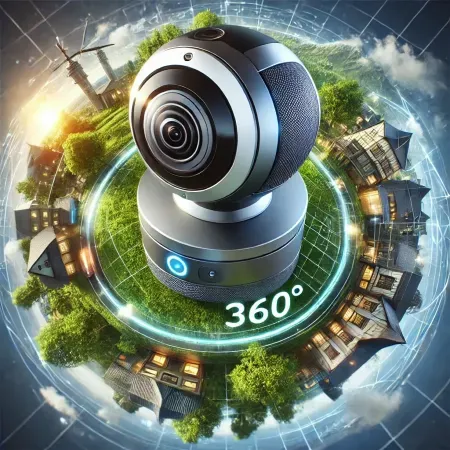
Thanks to advancements in camera technology, capturing 360-degree images will become more intuitive and affordable. Consumers will be able to experience travel destinations, concerts, or even historical events from the comfort of their homes, enhancing the way we document and share experiences.
Virtual Reality Photography
VR photography takes immersion a step further by allowing users to interact with photographic environments in a fully immersive virtual space. This trend is expected to expand as VR technology becomes more accessible and integrated into everyday life.
In 2025, photographers will increasingly create VR experiences, enabling viewers to explore locations, interact with objects, and experience stories from unique perspectives. This trend has enormous potential in industries like entertainment, education, and advertising, where immersive storytelling can captivate audiences and create unforgettable experiences.
4. Film Photography: Nostalgia Meets Modern Creativity
Despite the dominance of digital photography, film photography has been experiencing a resurgence in recent years, and this trend is set to continue in 2025. Many photographers are drawn to the tactile and analog nature of film, which offers a slower, more deliberate approach to photography.
The Allure of Imperfection
One of the main appeals of film photography is its imperfection. In an age where digital images can be endlessly edited to achieve perfection, film offers a welcome contrast. Film images often have grain, light leaks, and color variations, all of which contribute to their unique and nostalgic aesthetic. In 2025, photographers will continue to embrace these imperfections as a way to create more authentic and organic work.
Hybrid Workflow: Film and Digital
Another trend gaining momentum is the hybrid workflow, where photographers combine the best of both worlds: shooting on film and then digitizing the images for editing and sharing. This approach allows photographers to capture the distinct qualities of film while leveraging the convenience and flexibility of digital editing tools.
As camera manufacturers reintroduce film-inspired digital features, such as grain simulations and retro filters, the line between film and digital photography will blur further in 2025. This hybrid approach will enable photographers to experiment with different mediums and create unique visual narratives.
5. Mobile Photography: The Smartphone Revolution Continues
Smartphones have transformed photography by putting powerful cameras into the hands of millions of people worldwide. The mobile photography trend shows no signs of slowing down, and in 2025, we can expect even more advancements in this space.
Computational Photography
Computational photography, which uses software to enhance and process images, will continue to improve in 2025. Smartphone cameras will leverage AI and machine learning algorithms to enhance image quality, even in challenging conditions like low light or fast motion. Features such as portrait mode, night mode, and advanced HDR will become more refined, allowing smartphone photographers to achieve professional-level results with minimal effort.
Smartphones will also continue to push the boundaries of zoom capabilities, with some devices offering unprecedented optical and digital zoom options. This will make it easier for users to capture distant subjects without sacrificing image quality.

Mobile-First Photography Culture
The rise of social media platforms like Instagram, TikTok, and Snapchat has fueled the mobile-first photography culture. In 2025, the demand for content that is optimized for mobile devices will continue to grow. Photographers will increasingly focus on creating images and videos that are designed for vertical viewing, quick consumption, and social sharing.
Short-form visual content, such as Stories and Reels, will dominate, and photographers will experiment with new ways to engage audiences in these formats. This trend will also encourage creativity in composition, framing, and storytelling as photographers adapt to the unique challenges and opportunities of mobile-first platforms.
6. Authenticity Over Perfection: The Rise of Realness
In an era where digital manipulation tools allow for near-perfect images, there's a growing desire for authenticity in photography. By 2025, this trend will continue to gain momentum, with both photographers and audiences favoring images that feel genuine, raw, and unedited.
Imperfect Beauty
The shift toward authenticity reflects broader societal changes, including the rejection of unrealistic beauty standards and the embrace of individuality. In 2025, photographers will be encouraged to capture subjects in their natural state without heavy retouching or manipulation. This trend will be especially prevalent in portrait and fashion photography, where the focus will shift from idealized beauty to real human experiences and emotions.
Documentary-Style Storytelling
The documentary style of photography, which emphasizes candid moments and real-life narratives, will gain even more popularity. In 2025, photographers will increasingly document everyday life, social movements, and personal stories in a way that resonates with viewers on an emotional level. This trend aligns with the growing demand for storytelling that feels honest and relatable as audiences seek content that reflects their own experiences.
7. Drones and Aerial Photography: Expanding Creative Horizons
Drones have revolutionized photography by offering new perspectives and access to previously unreachable locations. In 2025, drone technology will continue to advance, providing photographers with more creative opportunities for capturing stunning aerial shots.
Enhanced Drone Capabilities
The next generation of drones will feature improved stability, longer flight times, and enhanced camera systems, making it easier for photographers to capture high-quality aerial images and videos. Drones will also become more compact and portable, allowing photographers to carry them on outdoor adventures without adding significant weight to their gear.
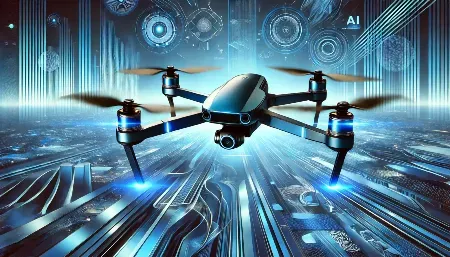
Additionally, drones equipped with AI and obstacle avoidance technology will enable photographers to focus more on composition and creativity rather than piloting the drone itself. This will open up new possibilities for capturing complex shots in dynamic environments, such as dense forests, urban landscapes, or busy events.
Creative Storytelling with Drones
Aerial photography offers a unique storytelling perspective, allowing photographers to showcase landscapes, architecture, and events from above. In 2025, drones will be used not only for capturing beautiful vistas but also for creating visual narratives that incorporate movement and scale. Time-lapse photography, hyper-lapse sequences, and dynamic video storytelling will become increasingly popular as drones become more accessible and easier to use.
8. NFT Photography: Monetizing Digital Art
The rise of NFTs (non-fungible tokens) has opened new avenues for photographers to monetize their work in the digital space. While NFTs gained significant attention in 2021, the trend is expected to mature and expand by 2025, offering photographers new opportunities to sell and distribute their art.
The Digital Art Marketplace
NFTs allow photographers to sell their digital images as unique, one-of-a-kind assets, offering a new way to establish ownership and value in the digital world. In 2025, more photographers will explore the NFT market, using blockchain technology to authenticate and sell their work to collectors.

The NFT space is also evolving, with platforms dedicated specifically to photography emerging, making it easier for photographers to showcase and sell their digital art. As the market matures, we can expect to see more collaborations between photographers and other digital artists, as well as new ways of integrating NFTs into physical spaces, such as digital photo frames or augmented reality displays.
Challenges and Opportunities
While the NFT market offers exciting opportunities, it also presents challenges, such as environmental concerns related to blockchain energy consumption and the volatility of the cryptocurrency market. However, by 2025, we may see more sustainable blockchain solutions and a more stable marketplace, making it a viable option for photographers looking to diversify their income streams.
Conclusion: The Future of Photography in 2025
As we move into 2025, photography will continue to be shaped by technological advancements, societal changes, and creative innovation. From AI-driven tools that enhance creativity to the rise of ethical storytelling, the future of photography promises to be diverse, dynamic, and deeply connected to the human experience.
Whether you're a professional photographer or an enthusiast, staying informed about these trends will not only help you keep pace with the industry but also inspire you to push the boundaries of your creativity. In the end, photography will always be about storytelling, and the tools and trends of 2025 will only expand the ways we can share those stories with the world.

